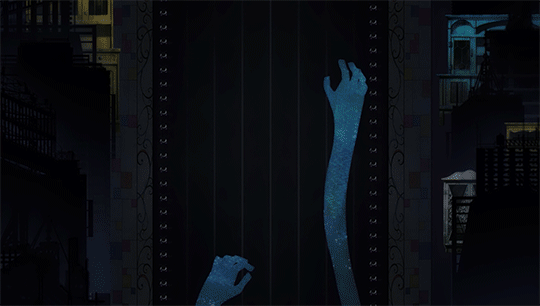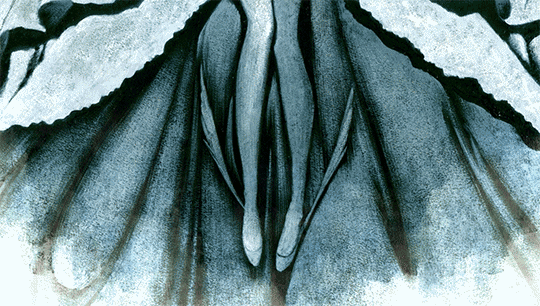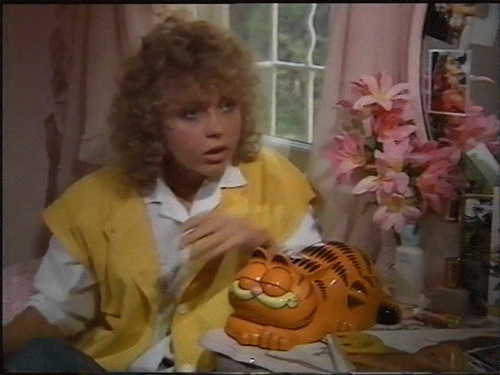Text
2 notes
·
View notes
Text


psd by sladestrokes .
free to use / like &
credits are appreciated
ㅤ
ㅤ
5 notes
·
View notes
Text


psd by sladestrokes .
free to use / like &
credits are appreciated
ㅤ
ㅤ
8 notes
·
View notes
Text
Revisiting Homulilly: Homura and the Stage-Constructing Witch (among other topics)
Recently, while skimming through Madoka Magica blogs, I noticed an odd parallel that had never struck me before.



Although I did notice that Homura’s hands dragging down a statue of Godoka is clearly symbolic of her obsession, and dare I say, worship of Madoka (in addition to how her familiars throw tomatoes at the statue,perhaps ridiculing Homura’s selfish and childish obsession, which also links back to Homura’s mental conflict), but never before had I noticed the visual parallel between that and Homulilly’s hands scraping at the ground, pulling her away from the guillotine as she walks towards it. This is interesting mostly because it solidifies the concept that Homura is struggling with these mixed emotions. Her obsession with Madoka, which has now grown tainted, as you can see in the third gif (although perhaps it was always tainted and she has only now accepted that fact), directly correlates with why she drags herself back. She wants to die, so she can’t hurt Madoka, or that she doesn’t want to live without her, or out of guilt that she’s hurt her in the past, (most likely all 3), but the hands that pull her back represent the side of her that wants to stay, connecting to her worship of Godoka and lust after her.
These conclusions are hardly new, of course, but the visual parallel hints at this fact and solidifies her mental struggle.
https://madokamagicasecrets.tumblr.com/post/166803867692/hopelessjw-the-stage-constructing-witch-her
The next parallel is one of the most shocking to me, given I never put together the visual comparisons between Homulilly and Walpurgisnacht, the stage-construction witch herself.
The real question here, is why is the series placing a parallel between Walpurgisnacht and Homulilly? At the time of writing, I’ve done no real research into this (which I normally do with other observations I write about on here), but I have a few theories.
The hourglass: According to the production notes, Walpurgisnacht is supposed to represent the top half of an hourglass, with Kriemheld Gretchen representing the bottom half. My theory regarding this pair is that they represent 2 different fates. As we know, a sand timer pours sand downwards as time passes, which perhaps indicates how the universe is fated to end. It moves from the madness and chaos of Walpurgisnacht’s vision of the world to the pure and happy world Godoka creates (as she also fits the shape of the bottom of the sand timer). The mirror to this is that Kriemheld Gretchen represents how the madness of Walpurgisnacht leads to Kriemheld’s distorted heaven, which leads to the end of all despair via the end of all life. To further add to this, according to the notes on Walpurgisnacht, if she turns over, then the universe ends. The bottom of the sand timer represents the end, while the top represents the start. Walpurgisnacht was always the primary plot device that moves the story forward, so it makes sense that she is the top of the hourglass-she is the beginning of the end. And if she turns over, she is the end, and her fate for the universe will come true. The fact that Homulilly represents the bottom of the sand timer perhaps means she means to bring an end to the universe by being the bottom of the sand timer…
It’s also worth noting that Homura always had command of the sand timer, represented by the one on her wrist. She always had authority of the timer itself, and how it was constructed-who became the bottom of the timer. Perhaps Rebellion serves as the flipping of a sand timer, in which we see a new top to the timer (Godoka) and new bottom (Homulilly). It may be overreaching, but Godoka tries to free Homura from despair from above, perhaps leaning towards her upside-down appearance as the top of a new timer, leading to a new ending?
The stage-construction witch: Homulilly means to make the world happy eternally by making it all a play, which of course connects to devil Homura’s actions at the end of the movie, where she effectively makes the entire universe her stage. One may even notice that the moon itself in her constructed reality has a purple aura around it, which may indicate she’s using her parakinesis to move it, like the truck in her fight against Walpurgisnacht, or the window when she froze time to interrogate Bebe. She has become a stage constructor, who manipulates everything within.
Homura was already in a play, in fact, a play constructed by Kyubey. She was placed in a false reality, a stage construction, in which everyone has found happiness and freedom from despair by being removed from the world, similar to Walpurgisnacht’s mission. But now, Homura has become the master, and made the universe her world. She manipulates everyone within for her own gain, to be happy. But her happiness is distorted because she is always surrounded by despair, in part because she has fractured the Law of the Cycle, whose sole purpose was to remove despair from the world. Perhaps the fate of herself, and that of Walpurgisnacht as well, is that you can never find the happiness you wish for using these means. They are witches, after all, fated to despair for all eternity.
Becoming Walpurgisnacht: We may also notice similarities between Homura and Walpurgisnacht based on her card, which describes her as the fool who spins in circles, whose nature is helplessness, and that the world is fake, a play. Any of that sound familiar? Perhaps to a foolish girl who loops backwards in time, going in circles, who feels helpless, trapped by her fate regardless of which direction she goes, trapped in a play for most of Rebellion, and perhaps further, trapped by her guilt and regret?
This may also be overreaching, but perhaps the parallels to Walpurgisnacht also hint at her end. Walpurgisnacht is destroyed by Godoka, who frees her from her despair. Maybe this will happen for Homura and she can finally be happy someday in the future? We may also draw a line between the various witches contained in Walpurgisnacht’s gear, which ccording to the notes, becomes a stage, and the people who Homura has trapped within her own, massive, universal stage?
This isn’t to say that Homulilly has literally become Walpurgisnacht, but rather that she has become the one to play her role. She serves as an agitator, a plot device. She has the same goals in mind. And maybe, just maybe, her end will come about by being freed from her despair by a certain welcoming goddess. It’s almost as if we get to see the perspective of Walpurgisnacht herself, which makes sense, given the paradigm shift I discussed earlier regarding how Homura now plays the role of a villain. We now can sympathize with and understand those who we never got to see the struggles of, which is a big part of the shift Rebellion has taken in how we view the PMMM universe. We may not literally be seeing the same story froma different perspective, but we are seeing it symbolically.
320 notes
·
View notes
Text

Warming the beans. 🥰 Photo from my collection, ca. 1950s.
2K notes
·
View notes









